
Chicken coop blueprints vary, of course. What sort of style or fashion of hen house depends on the hens themselves? You know your breed of hen's best. You can drastically reduce the possible number of designs for your hen house by selecting a location. Not very many designs for example will work on a slope. Not very many designs will work on hard rock surfaces.
The sort of design you go with should suit your location, but it should also suit your geography. What's implied by geography isn't just the type of ground, or the longitude and latitude coordinates of the ground, but the climate and weather. If it snows at any point during the year at your hen house location, then you'll have provided a space for the hens to stay when it's snowing. Your design should incorporate a sort of hen condominium for this need.
If your hens roam free in an open range, and it doesn't snow at any point, an entirely open range set up for your hens is advisable. In such a case, the hens wouldn't need a traditional house; the periphery of the pen would just need to be secured in such a way that the birds do no pass beyond the delineated border. This is a relatively difficult thing to do, since chickens tend to contort and persist their bodies through any crevice afforded to them. Most open and free range setups are composed of a sort of barb wire for chickens. To be frank, this is effective only because, usually, one or two of the chickens actually die while trying to pass, and the rest of the coop learns from that example.
Aside from the gruesomeness of that minute point of the open range, the other drawback to such a setup is of course predators. Again, location makes all the difference. Surprisingly, if you're in an area such as the California Sierras, where mountain bears are common place-at least they used to be, chickens would be fine in an open range. Neither the bear nor the chickens would come into contact. The bear would simply leave the coop intact. However, the animals you do want to worry about are the smaller creatures. Wild cats, even domesticated dogs and cats are known to feast on open and free range chickens, and it's critical that your location be cleared of these animals. Raccoons and other marsupials are also dangerous to chickens in the evenings.
In the case that your location is free of these animals then the open range design can vastly improve the health of your chickens, in a way that they'll be able to exercise and roam freer than they would in a traditional housing unit. The Japanese take this approach with their cattle, and their Kobe beef, consequently, is some of the most sought after beef in the world-a real in culinary markets, internationally. This is basically the same philosophical approach as the open range housing design setup. The idea is that the chickens' muscles will be in better health, the chickens overall will be in better health, with a less likelihood of cancer in the animals, and better, looser joints, which all provide for better tasting meat that's better for the person, dietary-wise.
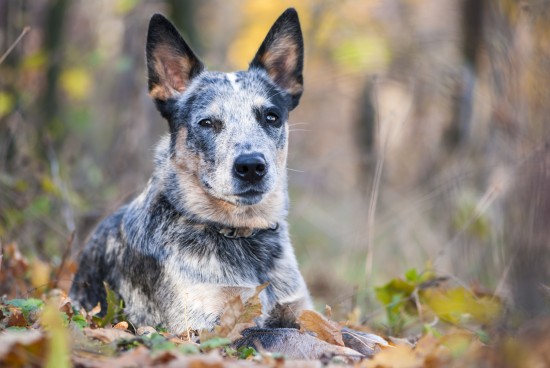 Three Great Dog Breeds That Hail From Australia, Plus One Wild Card!
Three Great Dog B
Three Great Dog Breeds That Hail From Australia, Plus One Wild Card!
Three Great Dog B
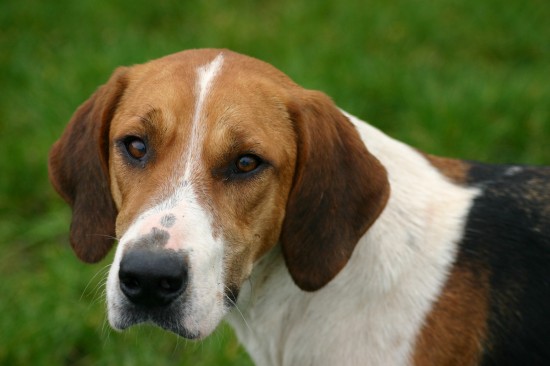 Can A Foxhound Really Make For A Good Domestic Pet?
Can A Foxhound Re
Can A Foxhound Really Make For A Good Domestic Pet?
Can A Foxhound Re
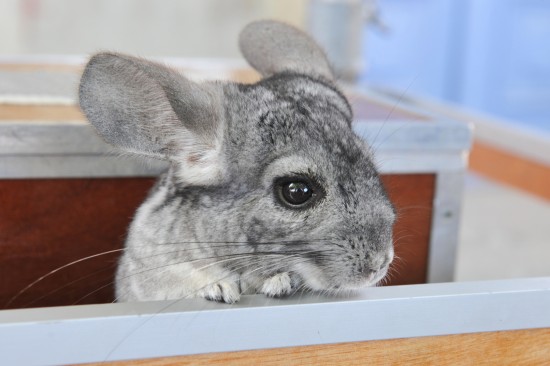 Top Tips On Adopting Rodents
Top Tips On Adopt
Top Tips On Adopting Rodents
Top Tips On Adopt
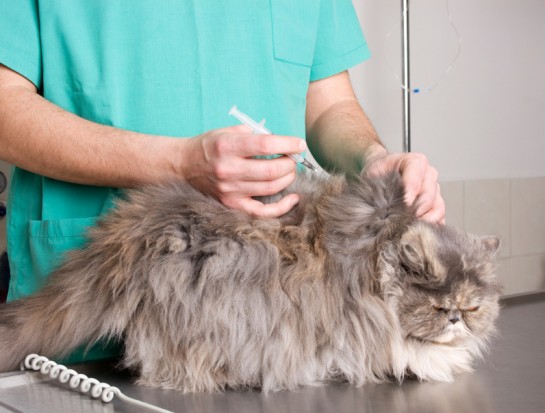 Diabetes Mellitus In Cats
Diabetes Mellitus
Diabetes Mellitus In Cats
Diabetes Mellitus
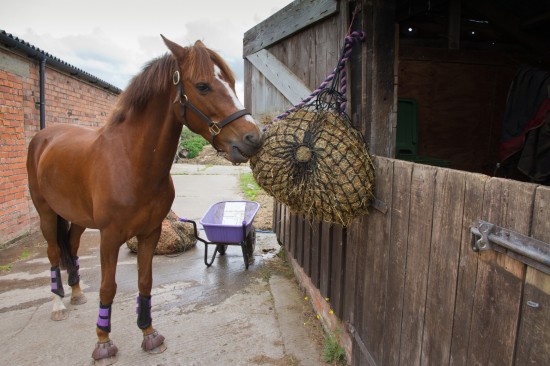 Reasons Why Horses Can Go Off Their Feed
Reasons Why Horse
Reasons Why Horses Can Go Off Their Feed
Reasons Why Horse
Copyright © 2005-2016 Pet Information All Rights Reserved
Contact us: www162date@outlook.com